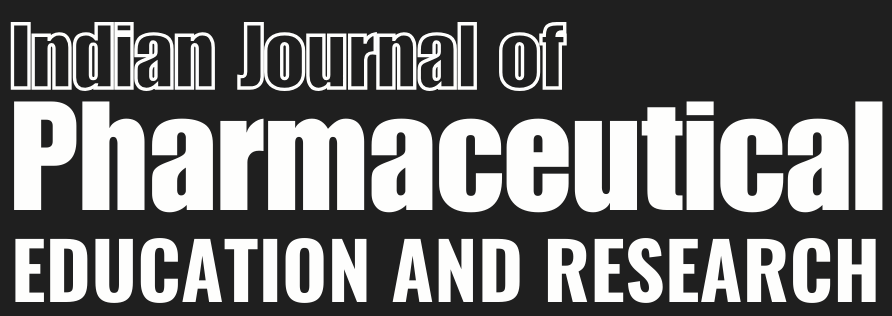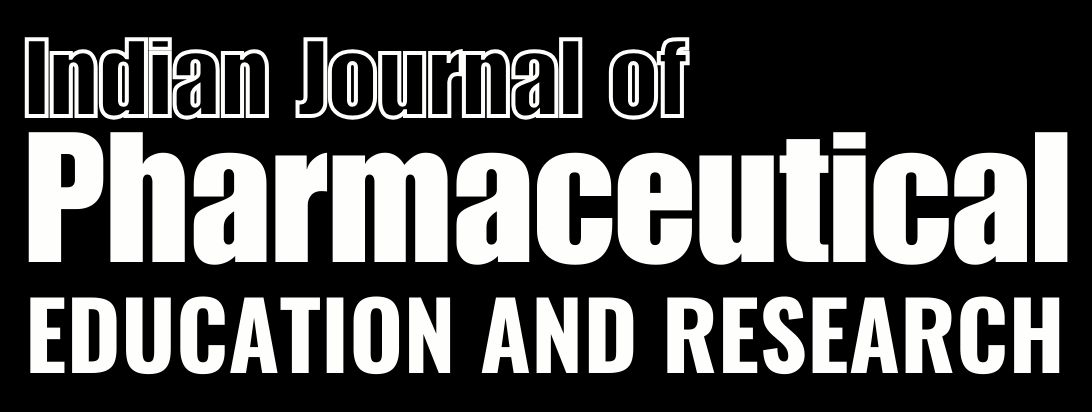ABSTRACT
Background
Capsaicin (CAP), a naturally occurring alkaloid, shows many promising benefits but is unexplored due to its hydrophobic nature and limited bioavailability.
Objectives
To address these limitations, the present study was focused on optimizing Polylactic acid co-Glycolic Acid (PLGA) nanobubbles as a sustained delivery system for capsaicin. Nanobubbles offer advantages such as enhanced solubility, stability, and bioavailability of capsaicin.
Materials and Methods
CAP-PLGA nanobubble optimization was achieved by implementing a three-factor, three-level Box Behnken Design (BBD) and a total of 15 experimental runs, including three replicated centre points. The formulated nanobubbles were analysed and evaluated for particle size, polydispersity index, zeta potential, drug entrapment efficiency, compatibility studies in vitro studies, and stability studies along with in vivo studies in rats.
Results
The optimized Nanobubbles (NBs) displayed a particle size of 164.07±6.4 nm, polydispersity index of 0.261±0.09 with a (ZP) Zeta Potential of -40.5±6.2 mV and Entrapment Efficiency (EE) of 81.06±3.58. In vitro studies revealed a superior drug release (96.8%) with ultrasound versus plain drugs (28%). Fourier transform infrared spectroscopy; differential scanning calorimetry and X-ray diffraction studies confirmed no drug-polymer interaction. Scanning Electron Microscopy (SEM) images showcased uniform spherical nano-sized particles. Stability studies indicated no significant changes after 1 month. The nanobubbles exhibited increased Cmax (4.47) and AUC0-t (7.29), promising enhanced sustained release, absorption, and extended the half-life.
Conclusion
The present study results indicated that CAP-loaded PLGA NBs effectively showed an impact on kinetics of the drug in sustaining its release for a prolonged period and as well as bioavailability of orally administered dose in rats. The utilization of the nanobubble formulation potentially improved the bioavailability of capsaicin in the human body. Targeted medicine delivery is made possible by a potential use of nanobubbles in the creation of ultrasonic-responsive combinations.


